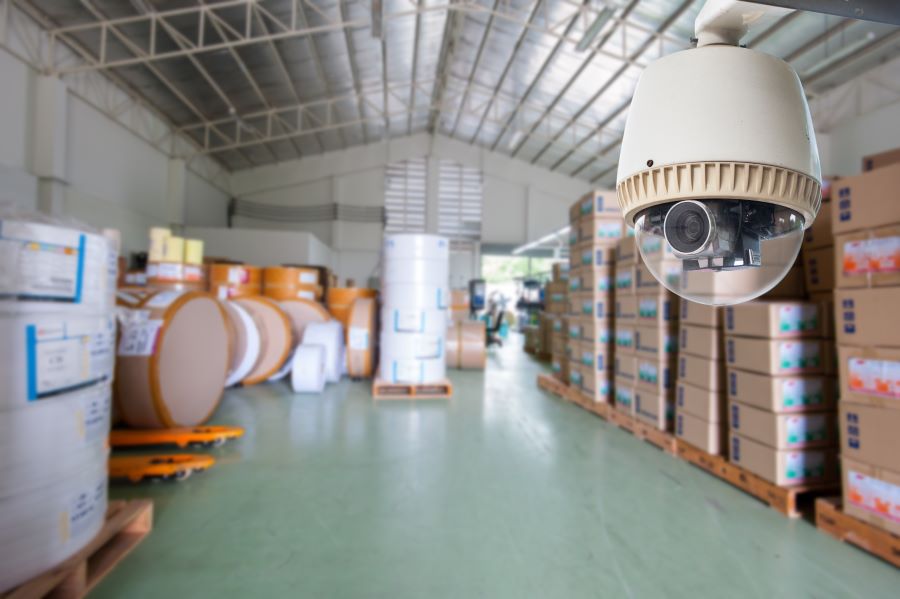Smart Video Surveillance Systems Can Prevent Trouble Before It Occurs
Today’s Smart Proactive Security Cameras Detect Suspicious Activity

Due to the incredible advances in deep learning and artificial intelligence, today’s video surveillance system has come a long way in a short time. What used to entail recording videos via VCRs now involves digital network surveillance systems that use high-dynamic-range cameras and store video on servers or in the cloud.
What does this technology mean for businesses, schools, government facilities, and healthcare centers in Corpus Christi, TX? It means that surveillance has gone from utilizing video to catch someone after a crime has been committed to offering proactive measures that stop the perpetrator in the act.
Let’s look at how changing technology has transformed how we keep our businesses, staff, and school children safe.
SEE ALSO: 4 Benefits of a Smart Commercial Surveillance System
Artificial Intelligence and Machine Learning
Some cameras simply collect and record data. They help operators and law enforcement review an incident after a crime has occurred. Thieves may choose another facility or company if they see a camera present, but these surveillance systems do little to catch them in the act and prevent further harm.
Today’s smart cameras are learning machines. The more they survey an area, the more they understand what is normal activity and what is suspicious activity. This enables these video surveillance systems to take a proactive approach, spotting abnormal behavior and notifying security or operations. Personnel can then determine if the situation warrants contacting law enforcement.
In some cases, these situations may have nothing to do with security. It may spot a person that falls around the perimeter of the building or a child at school that experiences a seizure. Smart surveillance systems not only prevent crimes but can also help save lives.
Setting Parameters
Circle Industries certified technicians can set up parameters to detect people in private areas or at certain times of the day. For example, as soon as someone breaches a virtual tripwire, the system sends out an alert. Likewise, owners or operators receive a notification if a car enters the parking lot after an establishment is closed.
Today's Pan Tilt Zoom (PTZ) cameras can zoom in on the intruder, possibly providing facial or license plate recognition.
Facial Recognition
Smart cameras can zero in on a person's face, even someone in a crowd, and match them to faces in a database.
For example, schools can use facial recognition to determine when someone banned from the school is in the area or on the grounds. This may be a disgruntled student who got suspended, a parent who lost custody rights, or a person with a record of child abuse.
These security cameras can also be programmed to identify a human walking into a building with a weapon. In these instances, in addition to alerting security and staff, they use their connection to the internet to alert police.
Night Vision
Vandals and burglars often choose the dark of night to hit their targets. Night vision technology triggered by motion sensors enables these smart cameras to see in the dark. Smart cameras may offer infrared, thermal imaging, or night vision capabilities.
Today, artificial intelligence is transforming surveillance systems in a way never imagined just a decade ago. Through preemptive measures, they are preventing vandalism, burglary, and acts of violence. At Circle Industries, we install comprehensive, proactive video surveillance systems that allow you to see what's happening in real-time from anywhere in the world. To learn more about today’s video surveillance systems or to schedule a complimentary consultation, contact Circle Industries today.





